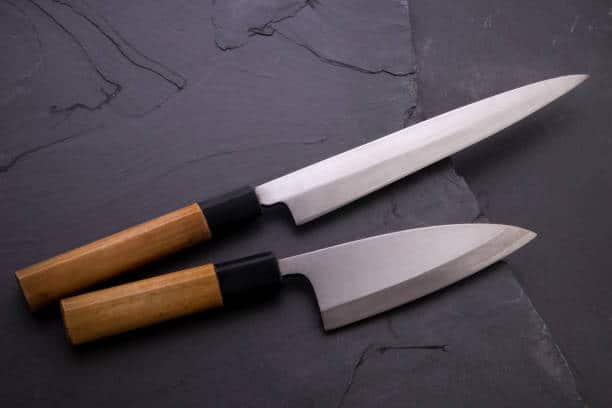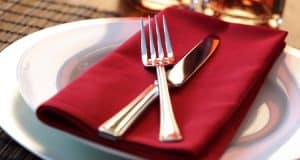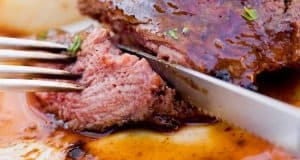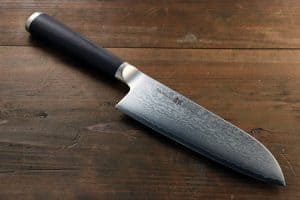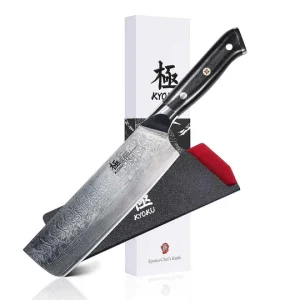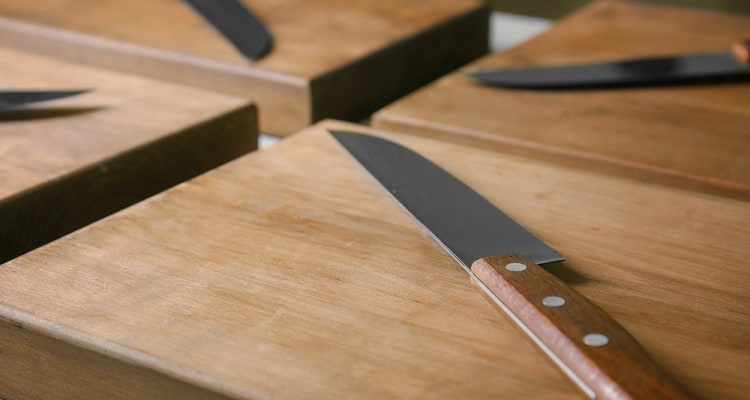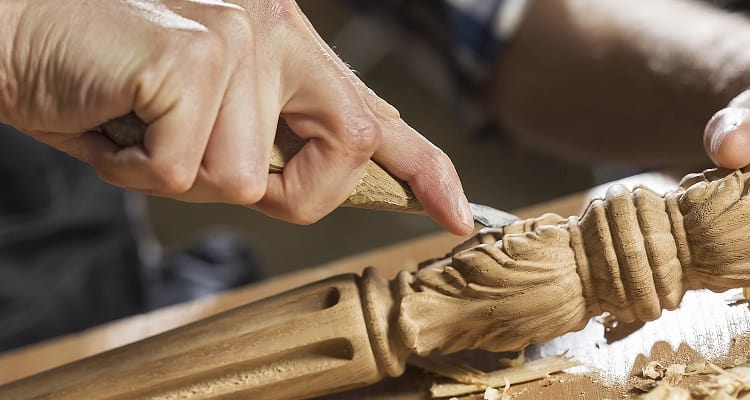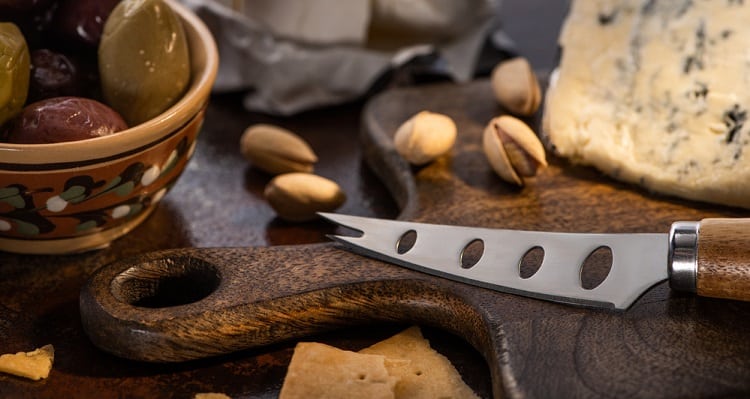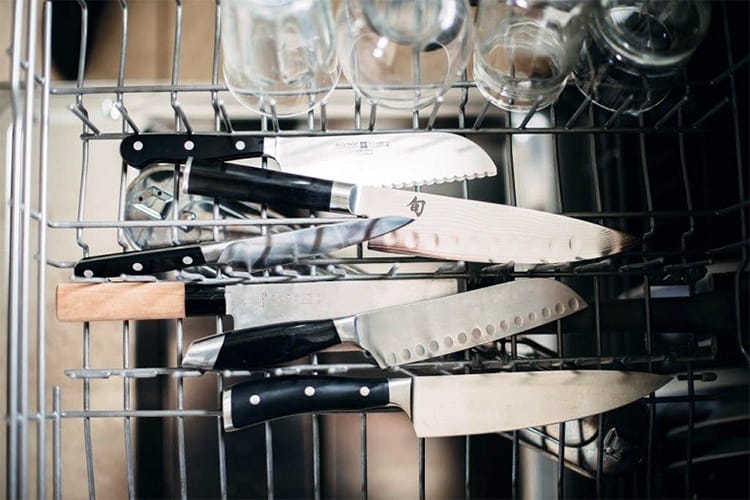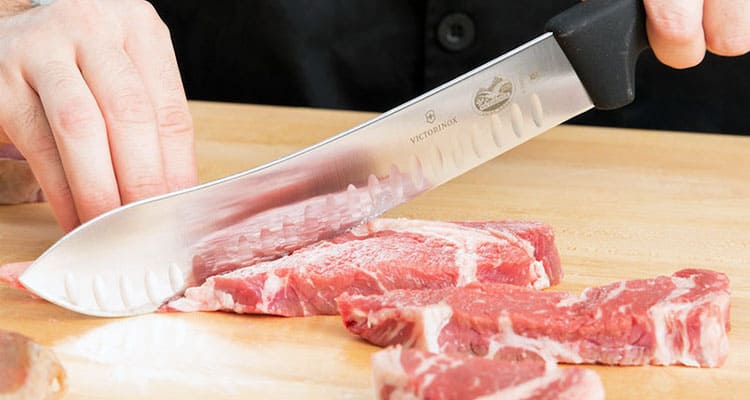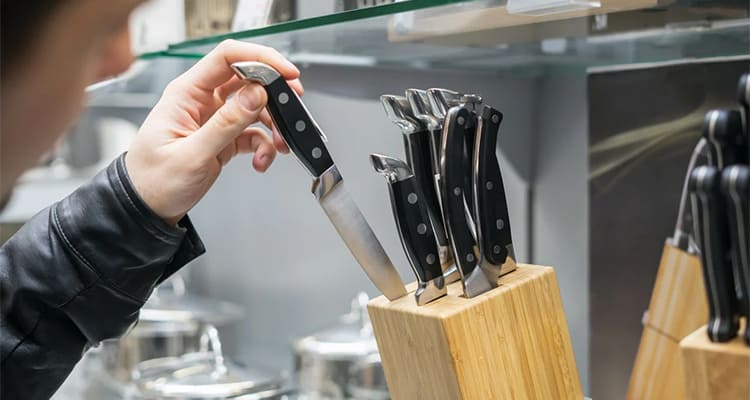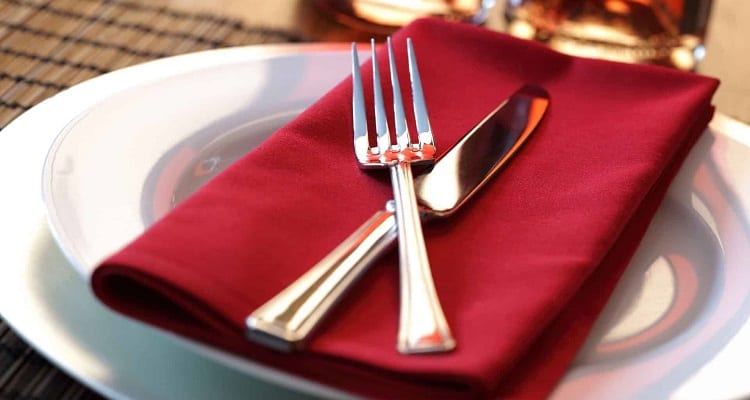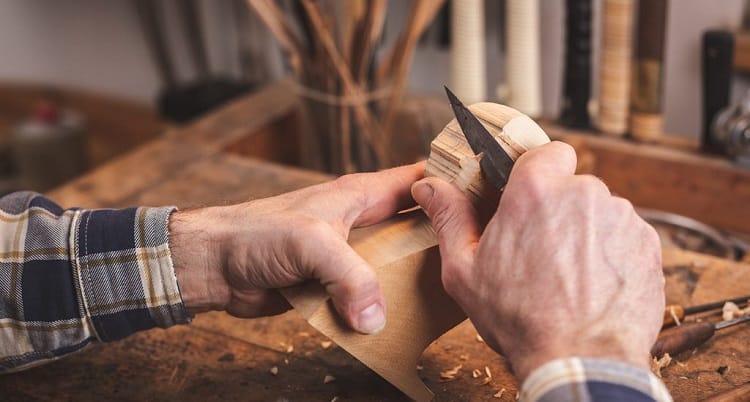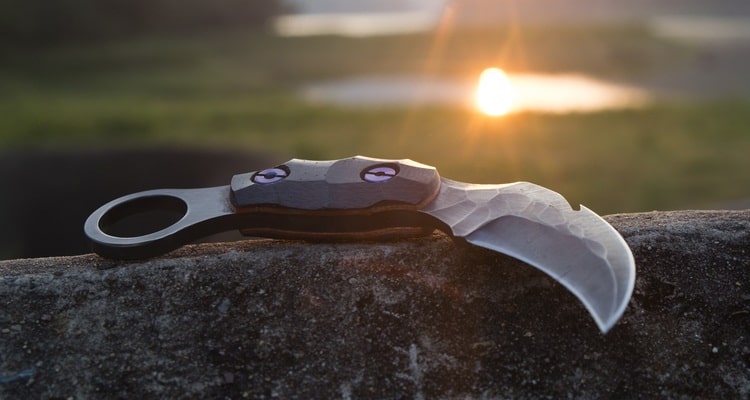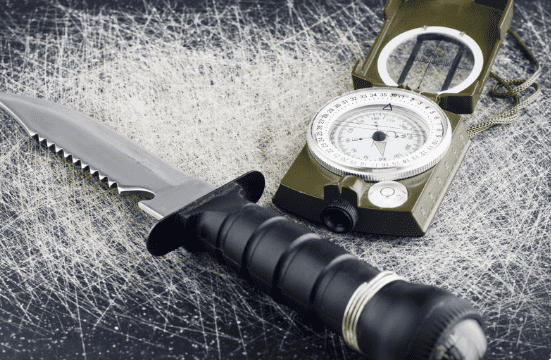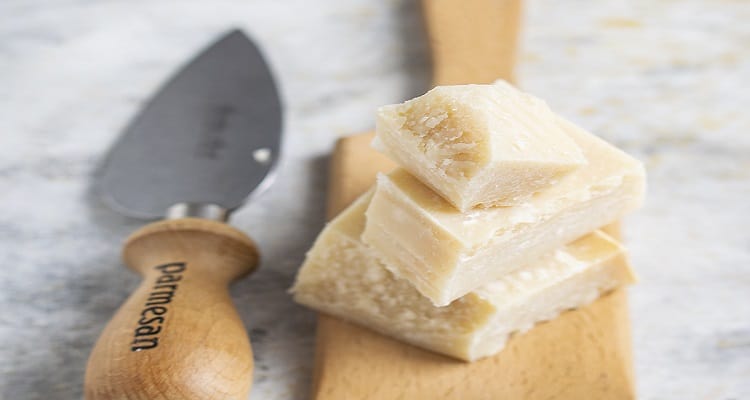Knives are an essential tool in any home cook’s kitchen. From chopping vegetables to cutting up meat for a stew or pot roast, knives can be used for almost all your cooking needs. However, there is a huge difference between German and Japanese knives that you need to need to know before investing in either type.
In this post, we’ll explore what sets these two apart, so you can decide which type suits your need better.
What Is The Difference Between German and Japanese knives?
Japanese Knives are built for one purpose and only one alone, to cut. Their entire design was done for it to be the perfect tool with no lapses. But in the case of the German knives, their design was drawn up with several uses in mind. German Knives are capable of handling several tasks, not just cutting.
But one knife isn’t better than another, they just serve different purposes to different tastes. Both knives have their advantages and disadvantages, and as we progress, we will find out the differences between these blades.
German and Japanese Knives: A Closer Look
1. The Steel
Other than its minimal unique design, the Japanese knife is revered for its excellent sharpness. Its design is inspired by the samurai sword, so these knives only have to make contact with an object to indent it or make a slice through. This sharpness is a result of the carbon steel used to make these blades.
This steel is high in carbon content, reaching up to the mid-60s on the Rockwell scale. Because of this concentration, they end up having very sharp edges and these edges take longer to dull out. The disadvantage of high carbon steel is it is more prone to rust than lower carbons.
Meanwhile, German knives are known to be tough, sturdy, and able to take damage easily. The knives are designed with weight, sharpness, durability, and strength are taken into consideration.

Although German knives are made from stainless steel, which is softer than their Japanese counterparts, this technique makes them harder to sharp but less likely to break, rust, or crack. This type of steel means you will constantly have to shape them to maintain their edges. Easy care comes at the cost of grinding at the whetstone.
2. The Cutting Edge
The angle of the bevel is smaller on the Japanese knife than on the German knife, this makes the blade razor-blade. The Japanese knife has a double-edge bevel blade and also single bevels, depending on preference. Though when speaking of bevels, single-edged are a 10-degree angle or a 20-degree angle if it’s double-edged.
No matter the case, the bevel on the German knife is larger than the Japanese knife. The Japanese bevels, come in at around 8-10 degrees. This guarantees clean cuts and slices through foods like fish and meat. Clean cuts are necessary for Japanese cooking so as to preserve the cell walls, which affect both taste and texture. This bevel is only possible because of how hard the steel is. The Japanese knife favors precision cuts, and the thin bevels allow for that.
3. The Blade’s Weight
The Japanese prefer to use strategy and technique over strength. We can see this from history, with the samurais. Where they use the least amount of effort to achieve the best possible outcome. Precise, quick, and direct moves and the same applies with cooking. A simple strategy. A sharp blade with a thin cutting makes use of minimal force when cutting. Blades are made light and easy to handle, with sharpness being the most important factor.
But with the German Knives, we have the opposite. German blades are made heavier and sturdier, and not a lot of attention is put on having a thin sharp edge. Instead, the weight of the blade does most of the work. Those who have worked with German knives, always prefer heavier blades.
What Knife Is Right for You?
The Japanese knife is a razor, light, and slim blade. Great for precision work, clean cutting, and quick cutting. This blade is perfect for Japanese cooking which is more precision-based. The steel makes sure your blade is sharpest and can last longer before your next sharpening. The disadvantage of this blade is that is because of its share delicate nature, it may crack or chip over time.
While the broader, weightier German blade is an all-rounder and can be used for multiple tasks. The blade’s weight and softer steel make it ideal bone-cracking, and it also sturdier.
All in all, there isn’t really a need to choose, as the design of both knives is slowly melding to become one. But as with a lot of things, preference and use will determine which of the knives you purchase.
Conclusion
As I said above, there is a huge difference between German and Japanese knives. And I’ve listed a few of the above, ranging from the cutting edge, the weight, the angle of the bevel, and the weight of the blade. All of these are factors that affect the blades and differentiate between both blades.
If you have any questions, I’d be happy to answer them down in the comments.

